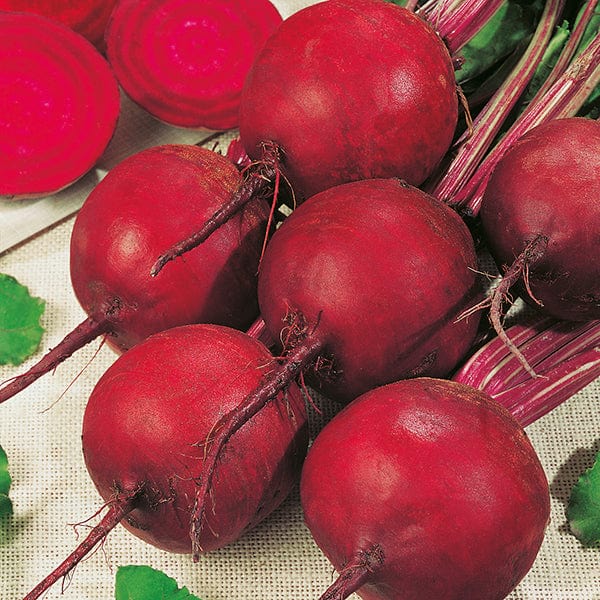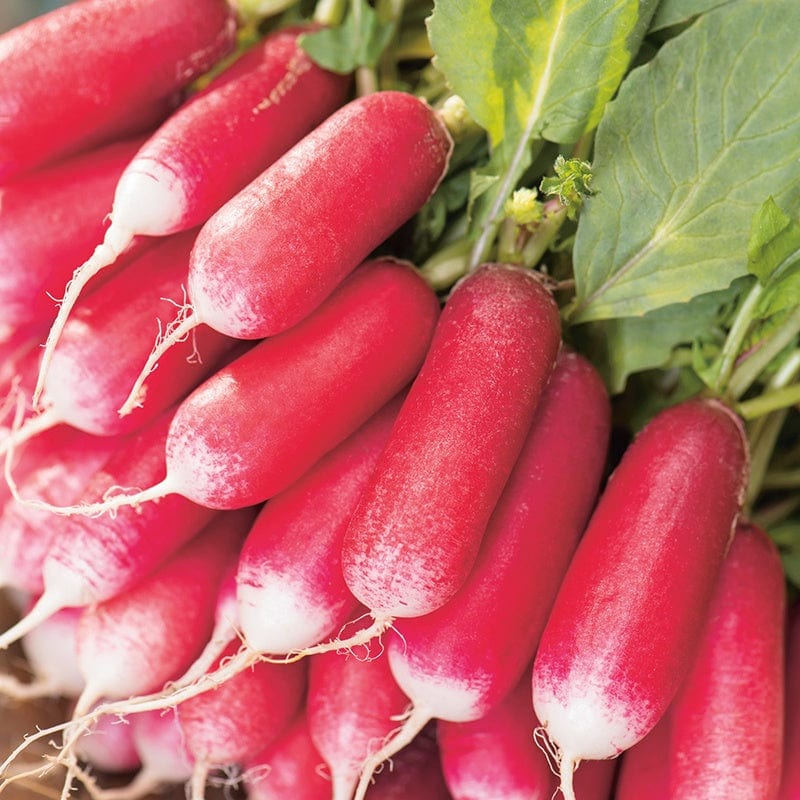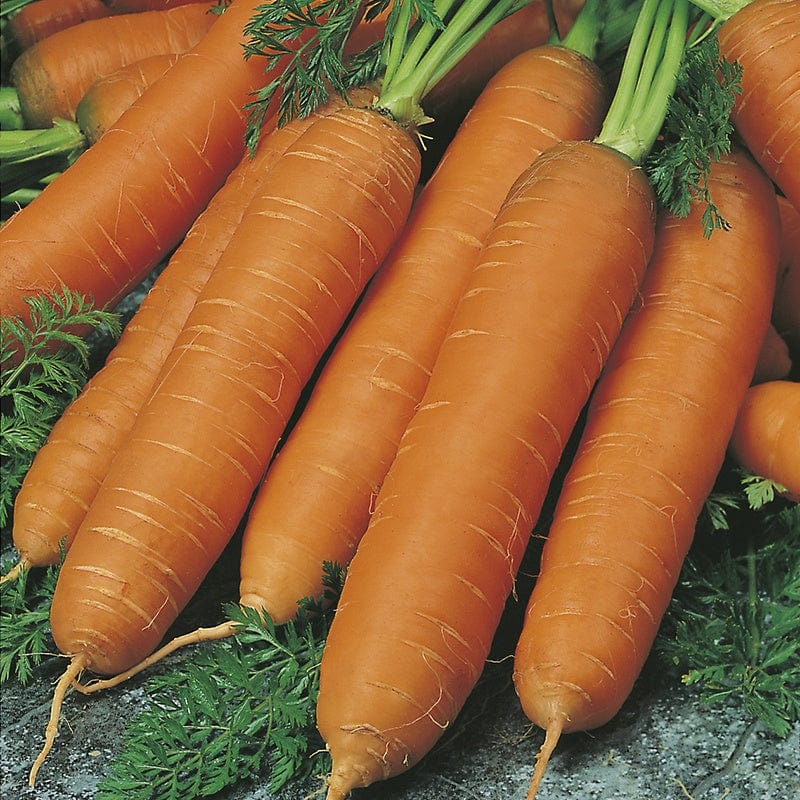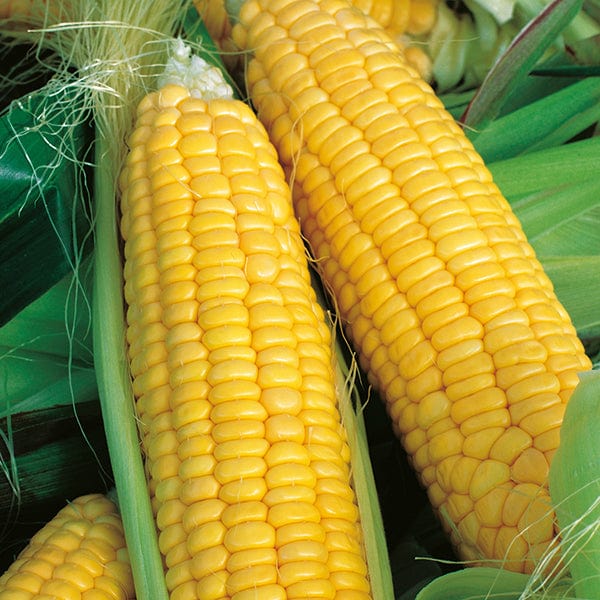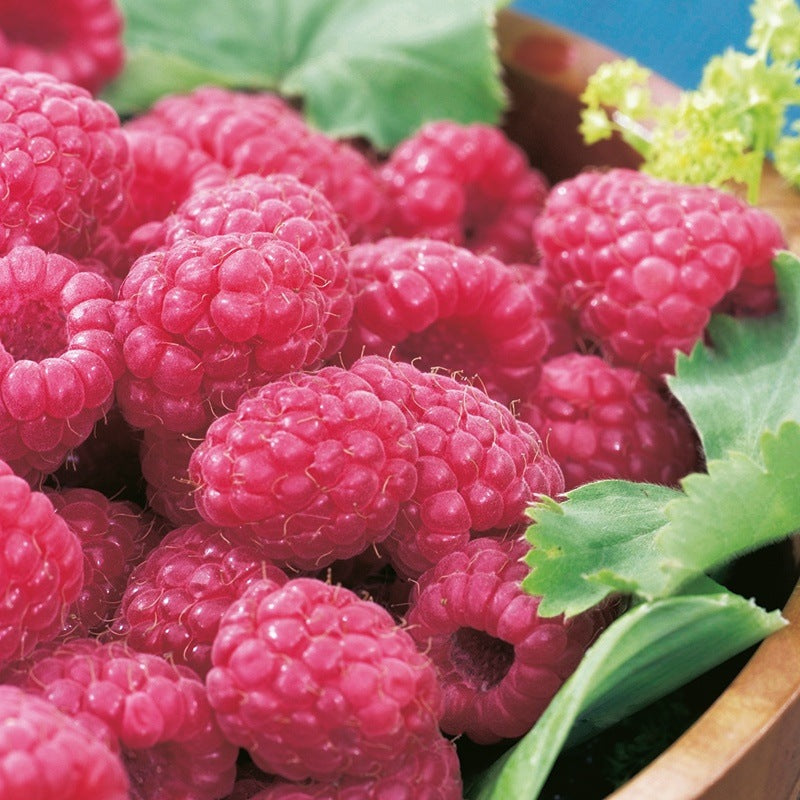
Raspberry Canes
AT D.T. Brown, our specially selected raspberry canes are propagated from disease-free certified stock and will have well-developed root systems when you receive them, so they will establish well and give excellent yield. When you buy raspberry canes or raspberry plants at D.T. Brown, you can find many choices in both floricane and primocane varieties that will provide plentiful crops full of flavour. Note that our raspberry canes for sale are delivered as bare root canes.

Growing Raspberry Canes
Raspberry canes come in both primocane and floricane varieties. Primocaine varieties produce fruit in their first year of growth, while floricane varieties produce fruit from their second onwards. Each poses different benefits, as primocaine varieties are lower maintenance, though floricane varieties have bigger yields, for example. Therefore, you should choose which variety best suits your preferences.
Before planting, it is important to ensure the ground is as free of perennial weeds as possible. Trying to remove them after planting often results in root damage to the raspberry plants. The incorporation of well-rotted organic matter into the soil a few weeks before planting will be beneficial, as will the application of a good quality, granular, general-purpose fertiliser immediately prior to planting.
Raspberries are usually grown in upright rows, ideally running north-south for uniform light distribution and with a post-and-wire support system. They do best in a light to medium loam that is deep, well-drained, and slightly acidic (pH 6 to 6.5). A sunny, sheltered position is ideal, but raspberries will also tolerate partial shade.
Raspberries do not thrive in heavy soil, but if such soil can be lightened with humus, this will help them. Having said that, the plants require adequate summer water, and will certainly benefit from being watered in dry spells. You should always water plants at their base, never over the fruit and foliage.
Care should be taken when hoeing close to raspberry canes, as they are shallow-rooted and could be damaged.
If you require any more information on growing raspberries, you can find more expert advice in our guide on how to grow raspberry canes.
Order Your Raspberry Canes Today
At D.T. Brown, we have been selling fruit plants to UK home gardeners for over a century. From gazania seeds to lupin seeds, all of our fruit plants are carefully hand-selected and dispatched at the perfect time for planting or potting and growing.
Buy raspberry canes today from D.T. Brown. Shop now and get started on growing delicious, homegrown produce with our quality raspberry canes for sale.
We aim to dispatch all UK seed orders within 3-5 working days, and anything else within 5-7 working days. Live products will be dispatched at their optimum time for planting.
Sign up to our newsletter




